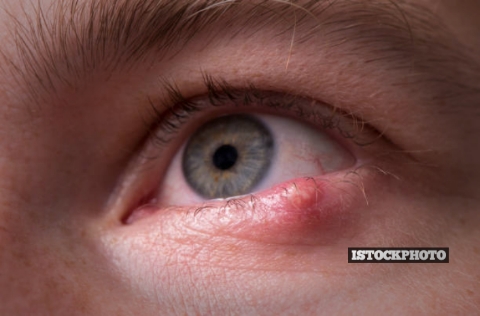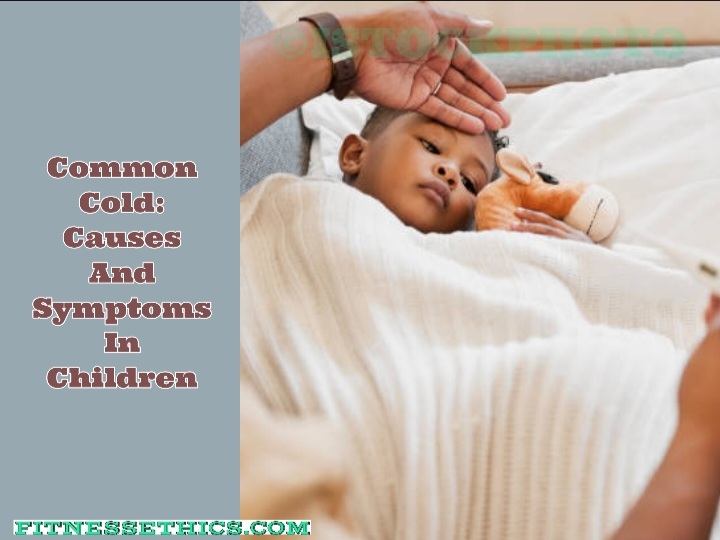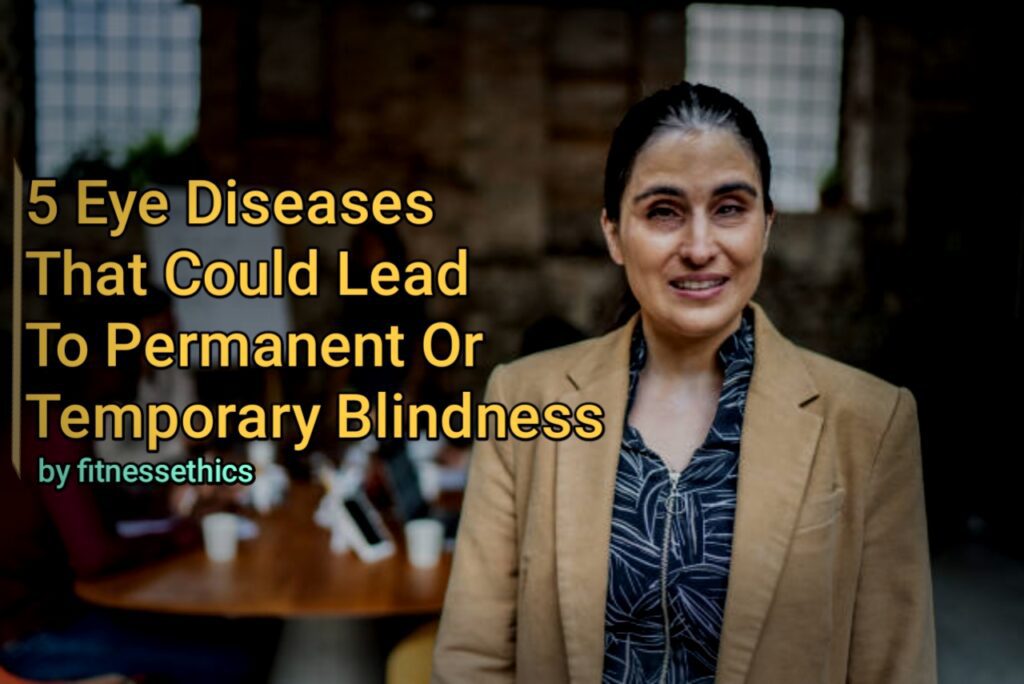Styes are painful red bumps just at the edge of the eyelid; these bumps are caused by bacteria but are not contagious, though they look contagious. Styes or hordeolum mostly form when a tiny oil-producing gland in your eyelash follicle becomes blocked.
There Are Two Types Of Stye
External Stye
The external styes, as the name entails, form on the outer part of either the lower or upper eyelid. They are the most common type of stye, and at one point we might have had an external stye. They are caused by an infection in your eyelash follicle.
Internal Stye
The internal styes form your inner eyeballs, though the bump and redness will still be quite visible on the outer part. They are caused by an infection in the inner eyelid gland that produces oil.
Can A Stye Cause A Headache
A stye might actually cause a headache, but it mostly depends on the seriousness of the condition. Most styes won’t radiate pain to the head; despite the swelling, redness, and pain on your eyelid, it doesn’t get to the head. The pain is restricted to or around the eye. But if a person gets headaches while they have a stye, then that could be the cause.
So there you have it; it is unlikely for a stye to cause a headache. As discussed earlier, it is not contagious and will only be restricted to the affected region. A stye will go away on its own; it usually lasts about one to two weeks. If the symptoms persist, then you will have to consult an eye care provider to drain it.
You should never pop a stye. Though it is not contagious, you shouldn’t take that risk. Though a stye might disappear on its own, you may need to see your eye doctor for antibiotics. To prevent any reoccurrence, you should discard all eye make-up applicators and sponges or cotton balls you have used on your eye. Also, never share your washcloth or anything you use to wash your face!
There is another eye condition that is mistaken to be a stye, and that is a chalazion. These are inflamed oil glands of the eyelashes. These tiny glands drain oil through tiny ducts onto the lashes. If these ducts get clogged, oil backs up into the gland. The gland becomes swollen and inflamed, causing a bump. A healed stye may form a chalazion. The contents of the chalazion are pus and fatty secretions. A chalazion may drain on its own after warm compresses are applied.
But, some persist for weeks and continue to grow and are cosmetically unappealing. These large chalazion press on the cornea. They may cause an irregularity on the surface of the eye and induce astigmatism. The antibiotic doxycycline may be given to heal a chalazion. If it doesn’t heal, the eye doctor may have to make a small incision on the underside of the eyelid and drain the chalazion. Sometimes corticosteroid injections are given to heal a chalazion.

Hilary Ojibe is a dedicated medical student with a passion for health and fitness. With a deep interest in understanding how the body works, Hilary enjoys applying medical knowledge to everyday health practices. As a fitness enthusiast, Hilary is committed to promoting a healthy lifestyle and shares valuable insights through articles focused on wellness, fitness and overall health improvement.
[starbox]



